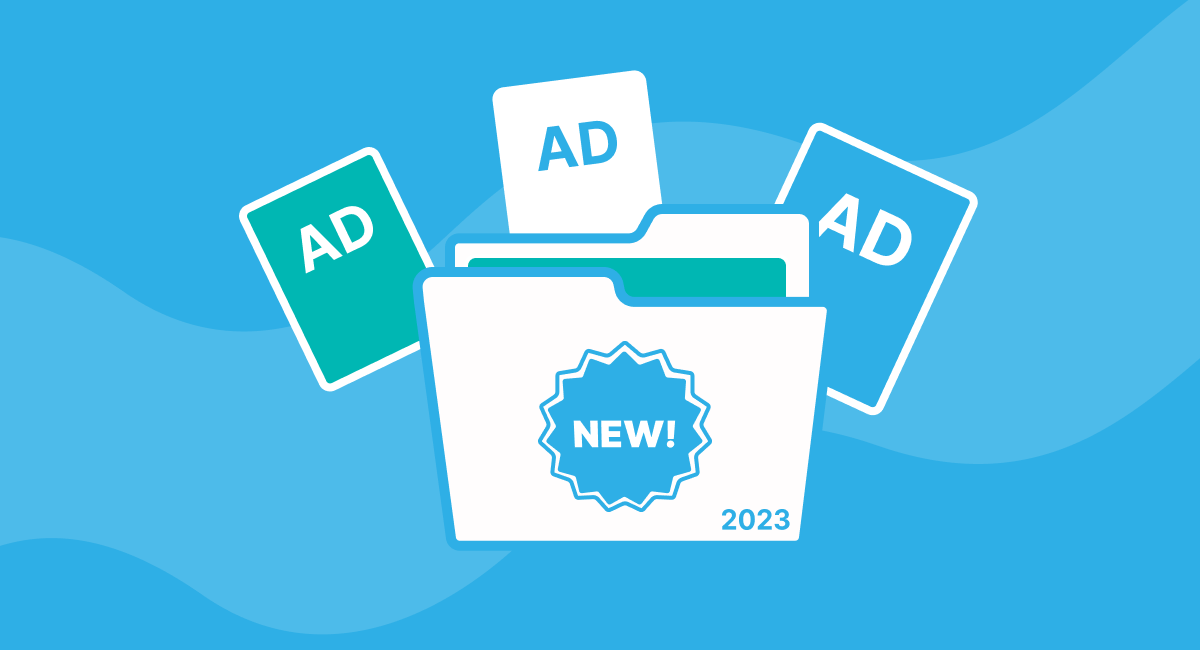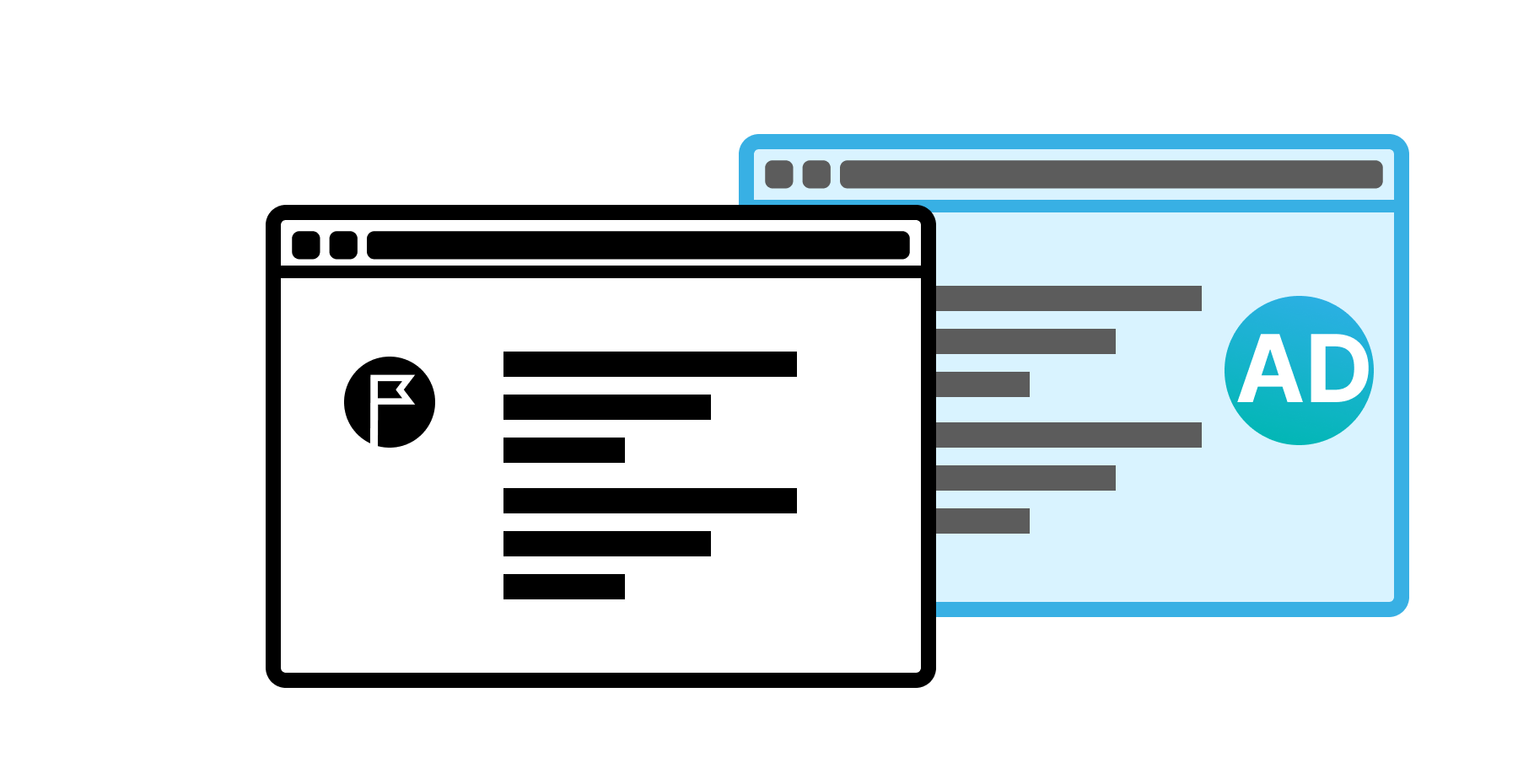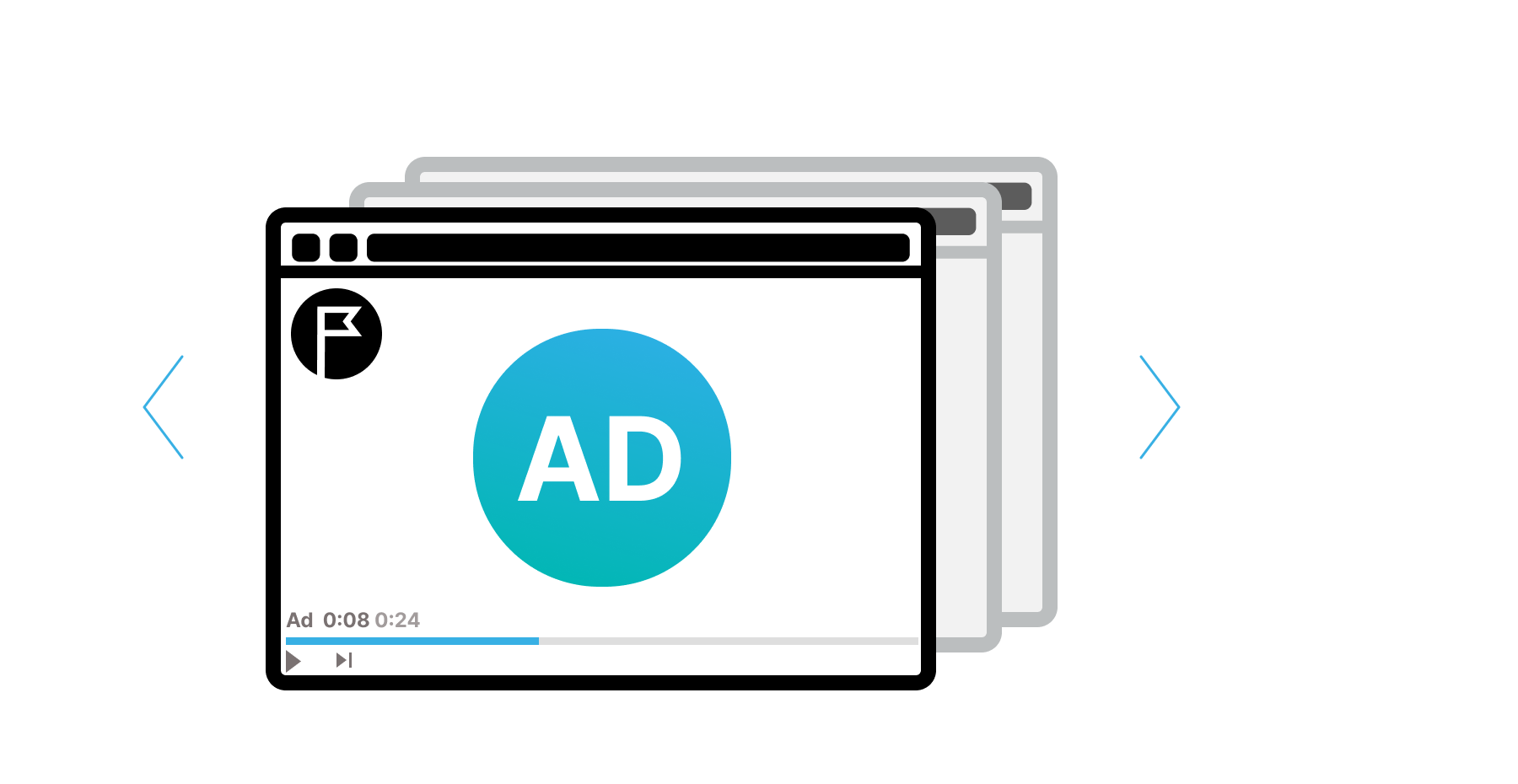New ad formats that will exceed expectations in 2023

2023 will be a year of innovation and growth in the advertising industry, with new ad formats and technologies continuing to appear. Advertisers who can stay ahead of the curve and leverage these new formats will be better positioned to reach their target audiences and drive engagement and sales. From dynamic ads to social media ads, various new formats can help advertisers stand out in a crowded digital landscape.
As the industry continues to evolve, advertisers who will embrace new technologies and adapt to changing consumer preferences will be best positioned for success.
Dynamic ads: The future of advertising
Dynamic ad is a type of advertising that uses real-time data to create personalised, relevant ads for each user. These ads can be customised based on a user's location, browsing history, and interests, and can be delivered across a variety of platforms, including social media, mobile apps, and websites.
Dynamic ad is totally the future of advertising because they allow advertisers to create highly personalised ads that are tailored to each user's unique needs and interests. By leveraging data to create ads that are relevant to each user, advertisers can increase the likelihood that users will engage with the ad and take action, such as making a purchase or visiting a website.
The power of social media
Social media ads are another popular one in types of advertising that will continue its growth in 2023. These ads can be delivered across a variety of platforms, including Facebook, Instagram, Twitter, and LinkedIn, and can be used to target specific demographics, interests, and behaviours.
Social media ads are particularly effective because they allow advertisers to reach users where they spend a significant amount of their time. Also it can be highly engaging and interactive, allowing users to like, share, and comment on the ad, which can increase brand awareness and engagement.
Popunders
Popunders (pop-under) are a type of web advertising that appears behind the user's browser window. Typically they are triggered by a user's click on a website, and can be used to promote products or services, encourage newsletter signups, or drive traffic to a website.
Popunder ads are a relatively new type of advertising but it is set to gain great popularity in 2023. They are less intrusive than traditional pop-up ads, and content lockers, and are less likely to be blocked by ad blockers. Additionally, popunders can be highly targeted, allowing advertisers to reach users who are most likely to be interested in their products or services.

Video sliders
The new ad format which has gained popularity in recent years and goes on is video sliders, so let's take a closer look at it. A video slider is a type of interactive ad that combines multiple video clips into a single ad unit. The user can swipe left or right to navigate through the different video clips, allowing them to explore the content more engagingly and interactively.
Video sliders are particularly effective for storytelling and brand awareness campaigns. By using multiple video clips, advertisers can tell a more complete and compelling story that captures users' attention and builds brand recognition. They are also highly engaging and interactive, which can help to increase user engagement and drive conversions.
There are several different types of video sliders, including horizontal sliders, vertical sliders, and carousel sliders. Horizontal ones are the most common type and are designed to be viewed on desktop or laptop computers. Vertical sliders, on the other hand, are designed for mobile devices and are optimized for the vertical orientation of smartphones and tablets. Carousel sliders allow advertisers to include multiple video clips or images in a single ad unit, allowing users to swipe through them in a similar way to a photo carousel.

One of the main advantages of video sliders is their flexibility. Advertisers can use various video clips to create a more engaging and interactive ad experience. They can also use different types of videos, such as product demos, customer testimonials, and behind-the-scenes footage, to create a more comprehensive and compelling story.
Another advantage of video sliders is their ability to capture users' attention. Because they are highly engaging and interactive, video sliders are more likely to be noticed and remembered by users. This helps increase brand recognition and recall, ultimately leading to higher engagement and conversions.
Regarding targeting, video sliders can target a wide range of audiences. They are particularly effective for targeting younger audiences who are more likely to use mobile devices and engage with interactive content. Video sliders also effectively target users interested in visual content, such as fashion, beauty, and lifestyle products.
Besides all the above, they are a highly engaging and interactive ad format that can help advertisers to tell a more complete and compelling story. With their ability to capture users' attention and increase engagement, video sliders are a powerful tool for building brand awareness and driving conversions. As the advertising industry continues to evolve, we will likely see more and more advertisers adopting this innovative and effective ad format.
Common types of ads
In addition to the new ad formats discussed above, there are many different types of advertisements that are commonly used in online advertising. Some of these include:
Banner ads are a type of online ad that typically appears at the top or bottom of a website. These ads can be static or animated, and can be used to promote products, services, or events. Banner ads have been a mainstay of online advertising for many years, but there is no denying that their popularity has declined in recent years.
Video ads gained high popularity and are online ads that appear inside video content. These ads can be highly engaging and can be used to promote products, services, or events. They are divided into instream and outstream.
- Instream video ads usually appear within video content the user is already watching. For example, if a user is watching a YouTube video, an instream video ad might play before or during the video. Instream video ads can also be shown within live streaming content or TV programming.
- Outstream video ads, on the other hand, appear outside of video content. These ads are typically shown within articles or other types of content, and they play automatically when the user scrolls to them. By the way, video sliders are a specific type of outstream video ad that plays as a user scrolls down a webpage, sliding in from the side of the screen and typically stopping once they reach the centre of the screen.
Native ads are a type of online ad that blends in with the content of the website. These ads can be very effective because they are less intrusive than other types of ads, and can be used to promote products, services, or content.
- In-Feed Ads: These ads appear within a website or social media feed, appearing like regular posts. They typically include a headline, image, and brief description, and can be targeted to specific audiences based on demographics and interests.
- Paid Search Ads: These ads appear at the top of search engine results pages, typically marked as "sponsored" or "ad." They are designed to look like organic search results but are placed there by advertisers who bid on specific keywords.
- Recommendation Widgets: These ads appear at the end of articles or blog posts, suggesting related content or products to users. They are often labelled as "Recommended for You" or "You May Also Like."
- Promoted Listings: These ads appear on e-commerce platforms like Amazon or Etsy and are designed to look like regular product listings. They are often targeted to users based on their browsing history or purchase behaviour.
- Custom Content: These ads are designed to look like the editorial content of a website and may include sponsored articles, videos, or infographics. They are typically created in collaboration with the website's editorial team and are designed to provide value to users while also promoting the advertiser's brand or product.
Pop-Up ads - these ads appear in a separate window that opens on top of the website the user is browsing. They can be effective at capturing users' attention, but are also often seen as intrusive and annoying.
New online ad examples
To illustrate how some of these new formats can be used in practice, let's take a look at some online ads example:
Dynamic Facebook ad
A clothing retailer wants to promote a new line of winter coats to users on Facebook. Using dynamic ad, the retailer creates a series of ads that are tailored to each user's location, browsing history, and interests. The ads are designed to showcase the winter coats in a way that is most likely to resonate with each user. For example, if a user has recently browsed for winter boots, the ad might show the coat paired with boots to create a complete outfit. By using dynamics, the retailer is able to create highly personalised ads that are more likely to drive engagement and sales.
Social media video ad
A tech company wants to promote a new smartphone to users on Instagram. The company creates a video ad that highlights the phone's features and benefits, and uses engaging visuals and music to capture users' attention. The ad is targeted to users who have recently searched for smartphones or technology products, and includes a call-to-action to encourage users to learn more about the phone or make a purchase. By using social media and video ads, the company is able to reach a highly engaged audience and drive sales.
Popunder ad for travel website
A travel website wants to promote a special offer on hotel bookings. The website creates a popunder ad that is triggered when a user clicks on a relevant article or blog post. The ad includes a special discount code for the hotel booking and a call-to-action to encourage users to book now. By using popunder ads, the travel website is able to target users who are already interested in travel-related content and are more likely to be interested in the special offer.
Video slider for fitness outfit
Let's say an advertiser wants to promote a new line of sneakers to a target audience of young adults aged 18-35 who are interested in fashion and fitness. The advertiser could use video sliders ads as part of their online advertising campaign.
The video slider ad could feature a short clip of someone wearing the new sneakers while running or working out, highlighting the comfort and style of the shoes. As the user scrolls down the webpage, the video slider ad would slide in from the side of the screen and play automatically, capturing the user's attention without disrupting their browsing experience.
As we can see, the advertising world constantly evolves, with new technologies and formats always arising.
Continually exploring new formats and approaches, HilltopAds is dedicated to innovation and understands this better than anyone. It is our mission to stay on top of the latest trends and technologies to provide our clients with the best possible service.

